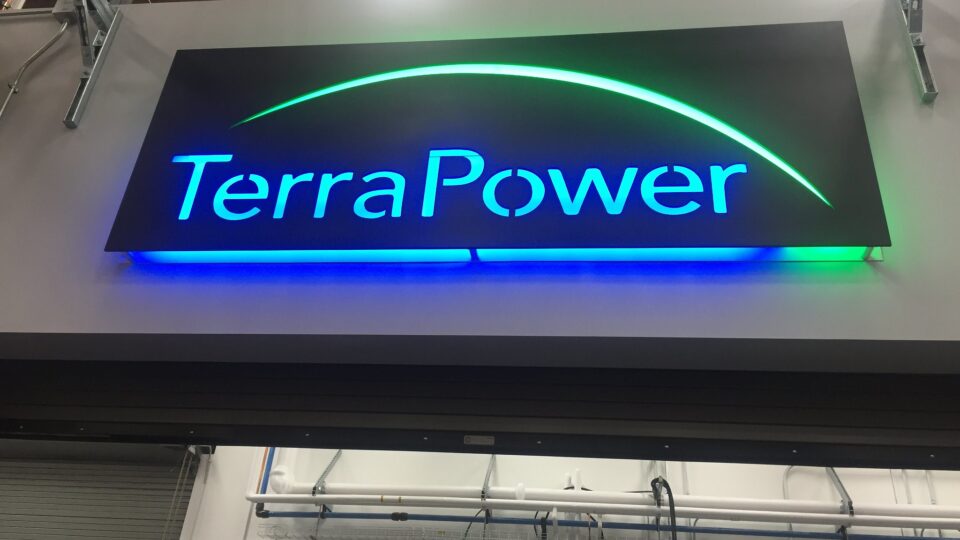The US is the world’s largest user of nuclear power. Its 94 reactors supply nearly 19% of the country’s electricity. But the number of U.S. reactors has steadily fallen over the past 30 years and new nuclear power plants are a real rarity. The reasons are a combination of perceived dangers following several nuclear accidents and the increasing costs associated with building plants that can meet a growing number of regulatory requirements.
There are recent developments associated with new advanced reactor technologies that may lead to a resurgence in the use of nuclear power. Bill Gates’ energy company TerraPower is developing nuclear reactors that use sodium instead of water for cooling. Such reactors operate at lower pressures and higher temperatures.
Meanwhile, Kairos Power, a California-based energy company, has entered into an agreement with Google to build multiple small modular nuclear reactors that will supply electricity to that giant tech company. The modular reactors use a molten-salt cooling system combined with a ceramic, pebble-type fuel in order to transport heat to a steam turbine to generate power. The novel design of these reactors can reduce construction timelines, allow deployment in more places, and make final project delivery more predictable.
Surveys indicate that a majority of Americans favor the use of nuclear power, which has the advantages that it doesn’t create greenhouse gas emissions and can run 24-7. But traditional nuclear power plants are too expensive and have too many potential problems. These new nuclear power technologies may be the answer for allowing nuclear power to play an important role in the future energy system.
**********
Web Links
New nuclear clean energy agreement with Kairos Power
Photo, posted May 16, 2016, courtesy of Steve Jurvetson via Flickr.
Earth Wise is a production of WAMC Northeast Public Radio
